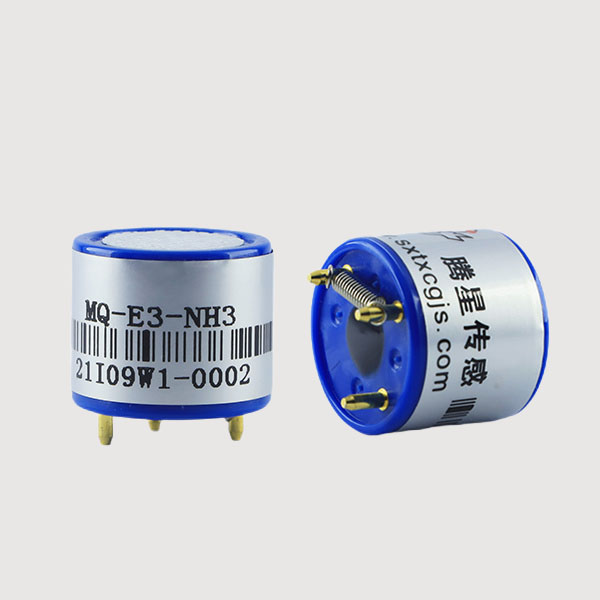

 News
News Industry News
Industry NewsWhen it comes to ammonia, many people may not know much about it, but they have undoubtedly smelled it. It can be found in unclean toilets, crowded places, and other places.
Ammonia, a gas that is both useful and toxic, is present in various industries, and sensors used to measure it are also widely used in these fields.

MQ-E3-NH3 Electrochemical NH3 Sensor
Ammonia Sensors in the Chemical Industry
In the chemical industry, ammonia is used as a raw material for fertilizer production and as a refrigerant in refrigeration systems. According to incomplete statistics, annual ammonia leaks in the chemical industry range from 2.1 to 8.1 Tg. These leaks not only cause significant environmental pollution but also pose a serious threat to the lives of workers.
For this reason, ammonia sensors are often used to monitor ammonia levels in the workplace in real time and keep them within a specified range to ensure safe production.
Ammonia Sensors in Smart Public Toilets
With the advent of the intelligent era, traditional public toilets are also gradually becoming intelligent. We know that the main gases causing toilet odors are ammonia and hydrogen sulfide, and the concentration of these two gases directly determines the unpleasantness of the toilet.
Ammonia sensors can detect ammonia concentrations in public toilets in real time, promptly notifying cleaning staff to clean them, and maintaining the comfort of public toilets. These sensors are widely used in smart public toilets in scenic spots, parks, service areas, and train stations.
Ammonia Sensors in the Livestock Industry
Ammonia is a harmful gas in livestock farms. It is often adsorbed or dissolved on damp walls and floors, causing severe irritation and corrosion to the mucous membranes and skin of livestock and poultry. Long-term exposure to high ammonia concentrations can directly and severely irritate the animals, affecting their health. High ammonia concentrations can also harm livestock and poultry operators and induce various illnesses.
Ammonia concentration monitoring is crucial for the agricultural and livestock farming industry. In modern smart farming, various types of harmful gas sensors, including ammonia sensors, are increasingly being used.
Ammonia Sensors in the Automotive Industry
In recent years, with growing environmental awareness, automobile exhaust pollution has gradually attracted attention. The environmental hazards posed by nitrogen oxides (NOx) are particularly significant. Ammonia selective redox systems are commonly used in automobile exhaust treatment. These systems use ammonia as a reducing agent and oxygen as an oxidizing agent, reacting with NOx to produce nitrogen and water, thereby reducing environmental pollution from automobile exhaust.
In this system, the amounts of ammonia and oxygen added must be appropriate; otherwise, the effects will be counterproductive, causing additional pollution. This is where ammonia sensors come in handy for detection.
Ammonia Sensors in Atmospheric Monitoring
Ammonia is the only high-concentration alkaline gas in the atmosphere. It can undergo a homogeneous neutralization reaction with acidic gases such as nitric acid or sulfuric acid, producing inorganic salt nanoparticles or smaller molecular bundles. It plays a crucial role in the initial nucleation of aerosols. It is also the limiting gaseous precursor for heterogeneous chemical reactions during the formation or growth of secondary particulate matter in heavy atmospheric haze pollution.
As an atmospheric pollutant, monitoring ammonia levels in the air using ammonia sensors is a crucial component of atmospheric monitoring.
For more solution of NH3 detection, pls feel free to contact us:
ShanXi TengXing Sensor Technology Co.,Ltd
Website: www.tensensor.com
Email: [email protected]
Tel/WhatsApp: 86 18335818384